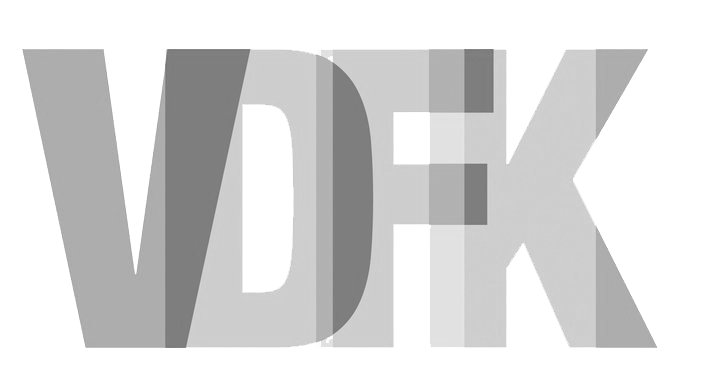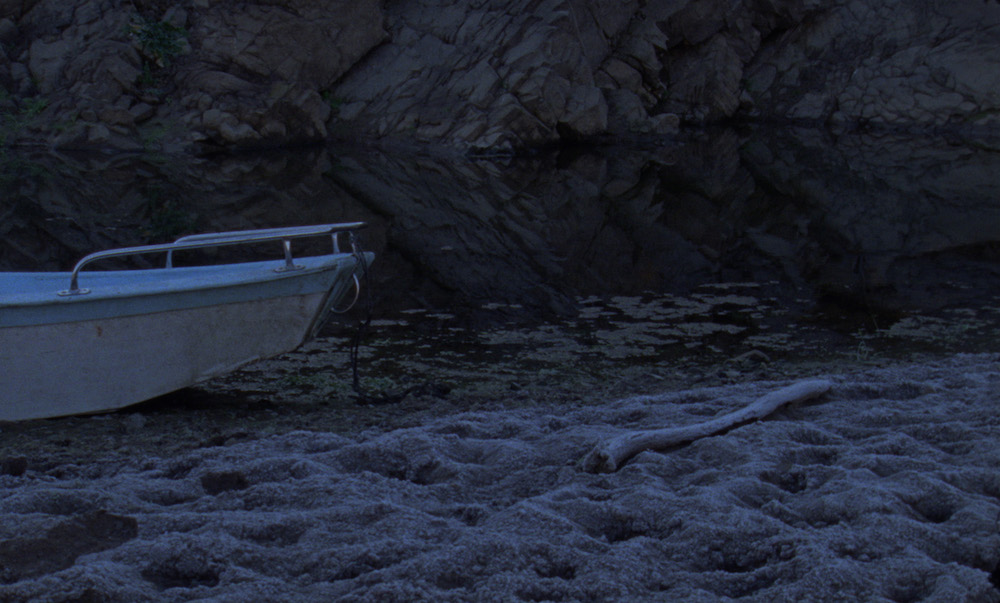Blog #7/20 - Materializing Time
By Wilfred Okiche
For the final evening of the Berlin Critics’ Week, two interesting films were programmed with a view to understand the concept of slow cinema and interrogate whether such a label is even necessary in the first place. For the Time Being, director Salka Tiziana’s feature debut about a family holed up in Spain’s Sierra Morena Mountain range, moves at a languorous pace even with its tidy 71-minute running time. The characters—a German woman and her two nine-year-old twins who visit their father’s home and wait for his arrival along with his mother and sister—confront their spatial relationships and dance around one another in a passive search for common ground.
The film, Tiziana’s graduation project at HFBK Hamburg, is less concerned with plot details and instead embraces the more abstract (but no less tangible) elements of mood and atmosphere. Quiet, visually appealing, and gently involving, For the Time Being washes over the audience while considering the relationships that human beings have with themselves and with nature.
In this regard, Tiziana’s film is an interesting—and fitting—companion for Luis Arnías’s Malembe, another snapshot of a particular point in time. The film treats the world as a party, juggling between different seasons with glimpses of jovial kids, agreeable adults, and a specific yet elusive sense of place. All of this is set to an Afro-Latin swing style, with an up-tempo pace, but the film is still rooted in the atmospherics of Tiziana’s film.

Moderator Frédéric Jaeger was joined in the debate after the screenings by Tiziana, Colombian filmmakers Camilo Restrepo and Paula Gaitán, and Argentinian critic Lucía Salas. Jaeger urged them to approach the discussion as an exploration of how rhythm and speed and velocity work in film and in the larger world.
“Slow cinema” was a fraught and imprecise term for the panelists, even though there seemed to be a general appreciation of what kinds of films tend to be described with such language: minimalism, long shots, finely etched sound with little or no dialogue, and a reliance on the potency of the visuals. Salas accepted that as a term, slow cinema does have its uses, especially when creating an identity or label for certain kinds of films, but she also wondered what the baseline for measuring speed in cinema was and expressed her frustrations with the term not fully capturing the concept of time in relation to space, which both films manage meticulously.

Restrepo was more provocative with his interventions, offering “chaotic ideas” by way of his own interpretations of the films that he hoped would stimulate and contribute to the discourse. Curious about Tiziana’s use of both 16mm film and digital video, Restrepo interpreted Tiziana’s use of water in the film as a metaphor for the passage of time. For him there was some relationship between the leaking pool in For the Time Being and the absence of the father in the picture. “I think that this is something key to understanding this film,” he stressed.
There was some disagreement between Gaitán and Restrepo on the use—or absence—of metaphors in the two films. Restrepo approached it as his “critical tool” to engage with the films while Gaitán was adamant that the films work with another form of ecriture. “No metaphors!,” she said multiple times. “You go in a different dimension [in these films].” Tiziana was hesitant to comment on the subject as she opined that metaphors are quite subjective and people tend to respond to films individually.
Ultimately, the panelists seemed to find common ground in the idea that between the terms slow and fast cinema lie many rich layers that may not be accommodated by broad labels. Gaitán’s statement about the two films seemed to tie up the discussion persuasively: “Slow films open your senses in a way that you can create better mental images,” she said. In that sense, one can say that slow cinema helps us expand the experience of film beyond visuals, allowing more deeply individualistic layers of interpretation—as was apparent in the Critics’ Week debate.



